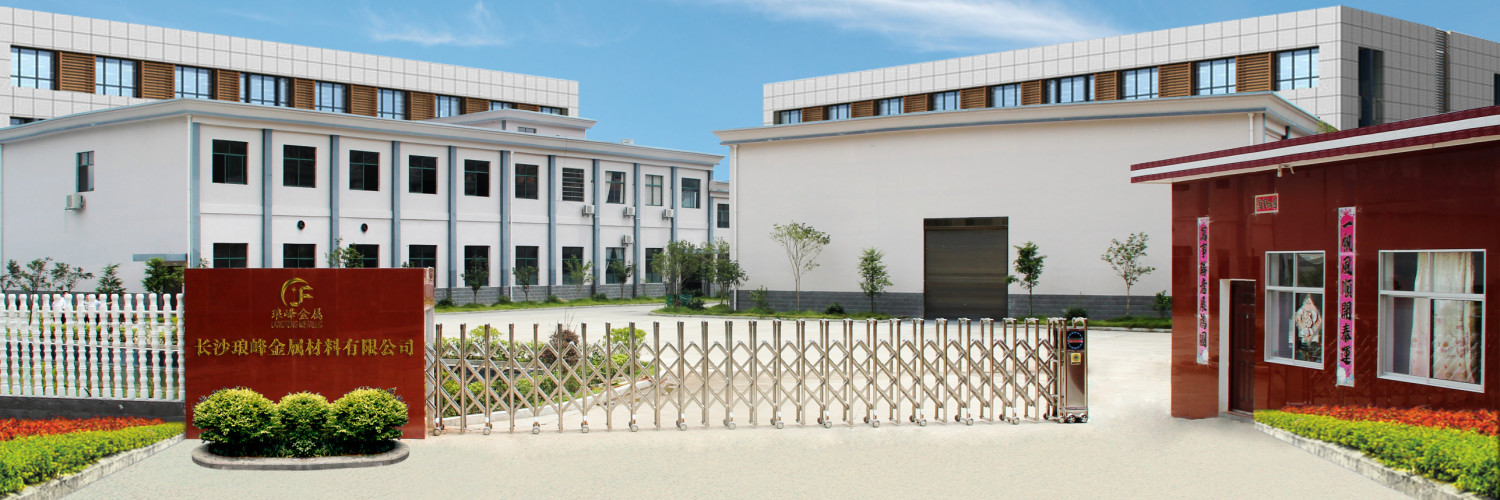thermal spraying technology definition
1 Introduction Thermal spraying technology began in the early of this century. Initially, the molten metal is formed only by the flow of compressed air, sprayed onto the surface of the substrate to be coated to form a film layer of tissue. The spraying temperature, the performance of the droplet on the substrate surface and the impact velocity of the material forming the coating layer constituting the core spraying technology. The whole development of thermal spraying technology, which is basically along the three leading line to move forward.Temperature and speed depends on different heat source and the equipment structure. In a sense, the higher the temperature, the faster the speed, the more excellent coating formation, which leads to two elements of the temperature and speed of technological development in the whole process of competition and coordination situation. Variety of coating materials selectively, is another advantage of thermal spray index, which can make different equipment of working face of different devices to be “the Golden, wearing helmet piercing.” Just these three elements, so the thermal spraying technique to become a truly unique synergistic effect, it can be designed for the various properties of the surface, obtained from the general mechanical maintenance until the aerospace and high-tech fields such widely Bio-engineering applications. On the Fourteenth International Thermal Spray Conference in Kobe, Japan, the automotive industry, metallurgy and energy as thermal spray application technology to deepen and focus on three main themes developed, indicating that the new trend in the expansion of this technology application. 2 Basic Concepts 2.1 Definitions Thermal spraying is through such a series of processes : in some form of heat source to heat spraying materials, the heated material forming molten or partially molten state of particles, , the particles impact at a certain speed and deposited on the substrate surface, formation of a certain characteristic the sprayed layer. the particles at a certain speed impact and deposited on the substrate surface, forming has certain characteristics of the spraying layer. 2. 2 spray material Powder coating materials have different forms, such as powder(hafnium carbide powder, chromium carbide powder)wire, tape, rod, etc. and with their component metals, alloys, ceramics, cermets and plastics. Powder material occupies an important position, over a hundred kinds of species. Multi-wire and strip metal or alloy (composite wires still contain ceramic or plastic); bars only a dozen, mostly oxide ceramics. 2.3 spraying method To provide a heat source can be divided into combustion and heating method. The former includes the combustion flame spraying, explosive and HVOF spraying (HVOF); the latter includes arc spraying and plasma spraying (and sub-atmospheric plasma spraying and plasma spraying water stability). Important impact on the coating process is spray coating humidity (strictly speaking, the temperature of the droplet impact on the substrate surface) and the surface of the droplet impact speed.. 2.4 coating formation and evaluation After the coating material spray device having a heat source in the form of injection, before reaching the surface of the substrate to be coated, the flight time only a few thousandths of a second or less. In such a short time, it is heated, melted or semi-melted to form a dispersion of fine droplets and, toward the substrate surface, be into flat folding shape small pieces, and previously generated and was subsequently covered by , soon formed by a number of stacked flat Lo formed coating layer, is the sprayed layer. the higher heat humidity, the greater impact of the droplet velocity, the more dense the coating is formed.Coating performance is associated with many factors. Langfeng metallic material Ltd undertake the mission”denefiting all under the heaven”,creating value for customers,help employees grow and help more people progress and development is our firm goal.We specialize in military new materials of rocket systems , coating materials, carbide, cermet cutting tools and development of raw materials, production and sales.Companies advocating green ideas, energy efficiency is the direction of the company, according to the needs of the company’s strategic development, the establishment of an industrial microwave division which is responsible for product development,and production sales. Stay tuned for detailed product information company official website: http: //www.langfengmetallic.cn [Read More]
